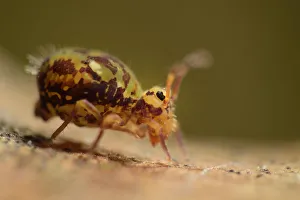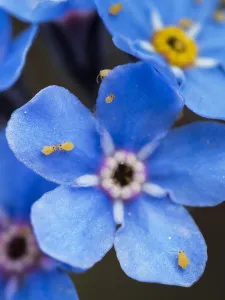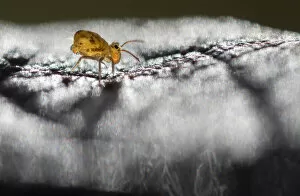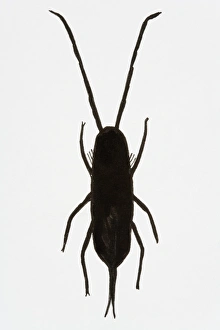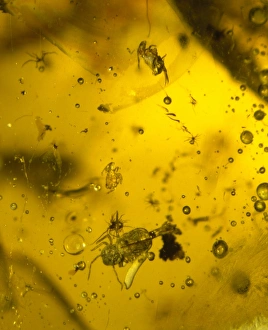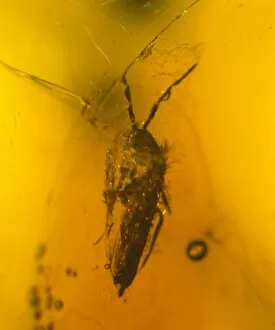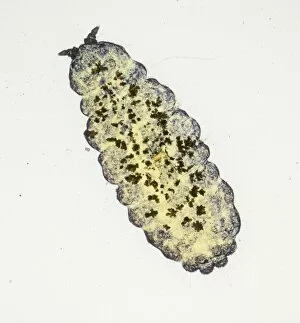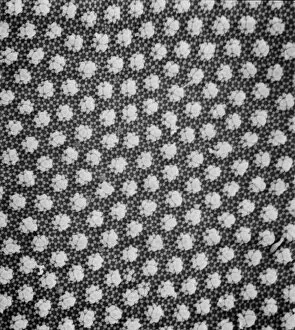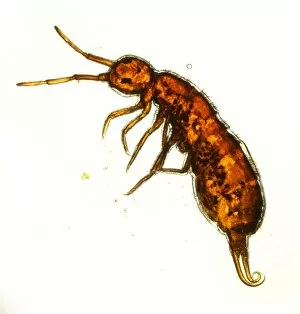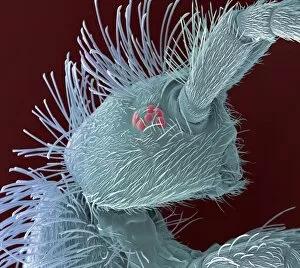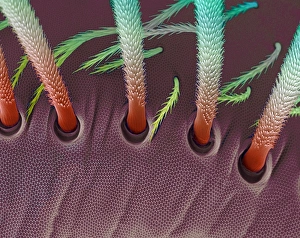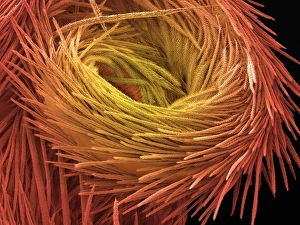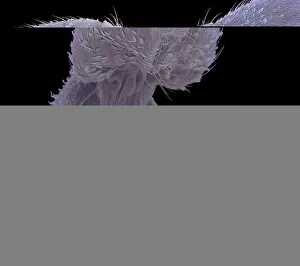Collembola Collection
"Discovering the Enchanting World of Collembola: From Yellow Springtails to Aquatic Scavengers" Delicate and vibrant
All Professionally Made to Order for Quick Shipping
"Discovering the Enchanting World of Collembola: From Yellow Springtails to Aquatic Scavengers" Delicate and vibrant, yellow springtails (Symphypleona) find solace on a charming Forget-me-not flower in the breathtaking Zillertal Alps. Amidst dew-covered dead leaves in Derbyshire, UK, a globular springtail (Dicyrtomina saundersi) showcases its intricate beauty against nature's backdrop. Niedersechsische Elbtalaue Biosphere Reserve unveils the mesmerizing Dicyrtomina ornata as it gracefully perches on an oak tree leaf, adding elegance to every detail. A captivating black and white illustration brings forth the essence of a springtail (Collembola), showcasing their unique characteristics that make them truly remarkable creatures. Dive into the world of water-dwelling organisms with Podura aquatica, an aquatic springtail found scavenging amidst lush greenery in a tranquil garden pond. Meet Anurida maritima (Guerin-Meneville, 1836), an intriguing species captured through lens C016/9734 as it navigates its way along sandy shores with grace and resilience. Witness another glimpse of Anurida maritima's fascinating journey through lens C016/9735; these resilient creatures continue to inspire awe with their adaptability and survival skills. Springtails - tiny wonders that bring life to our surroundings through their diverse shapes, colors, and behaviors - remind us of nature's infinite creativity at work. Immerse yourself in timelessness as you explore ancient amber containing enthralling specimens like Collembola entomobryidae; these preserved treasures unlock secrets from long ago. Trapped within amber for eternity lies a delicate springtail frozen in time—a testament to the resilience and endurance of these remarkable creatures.

